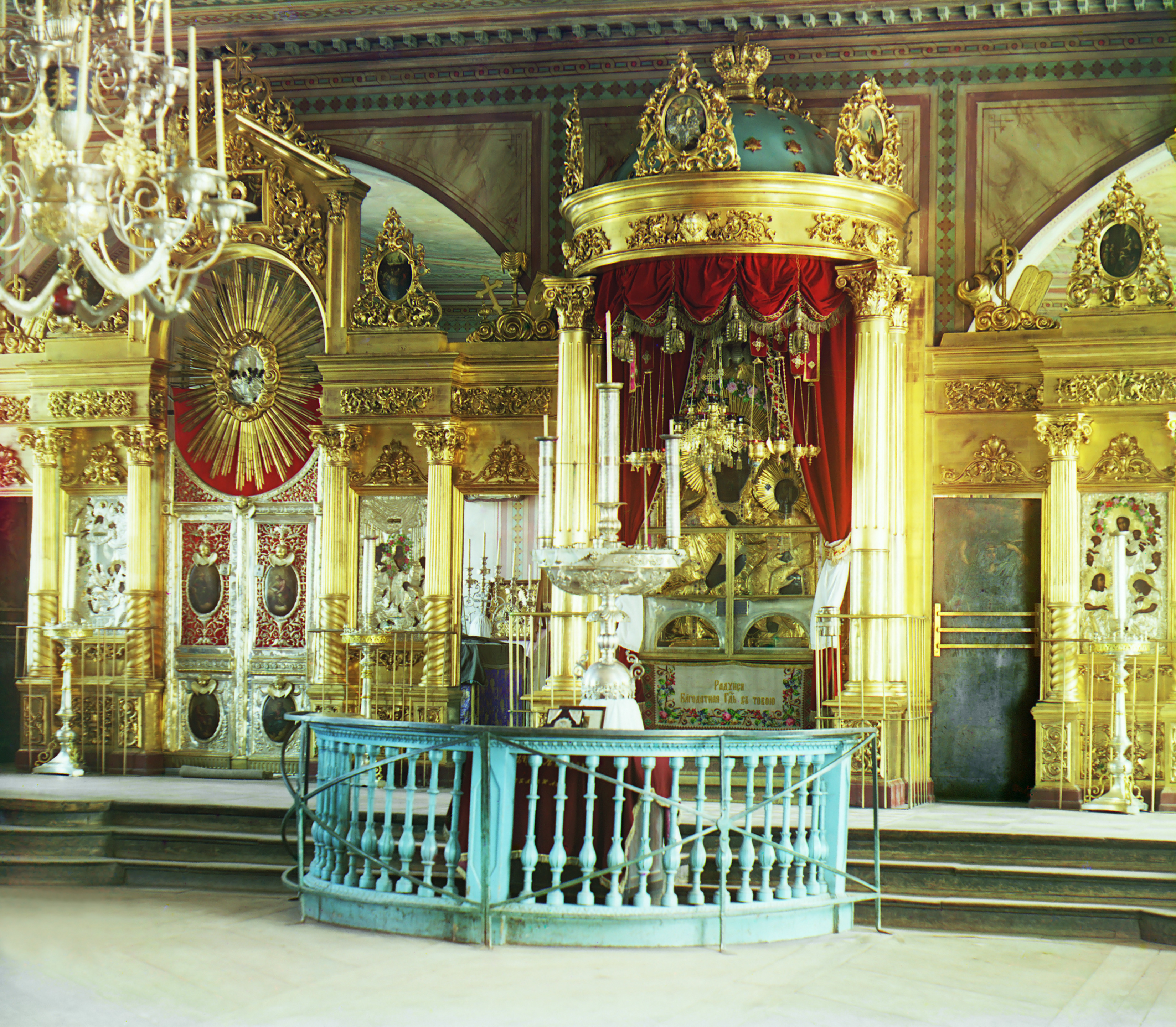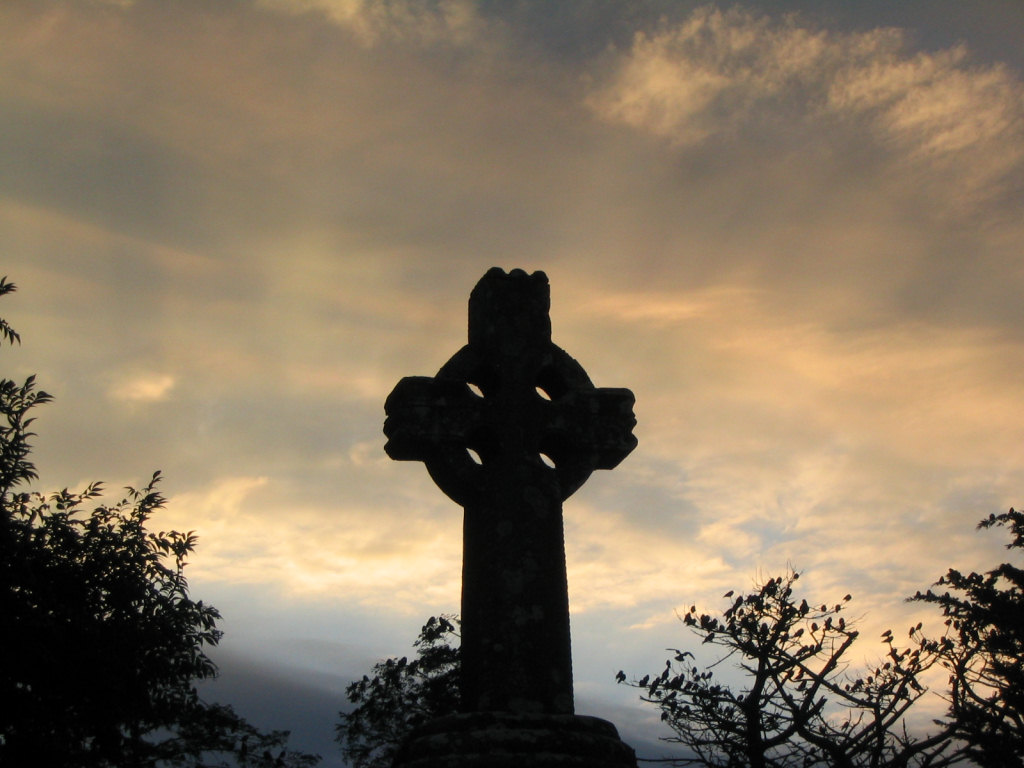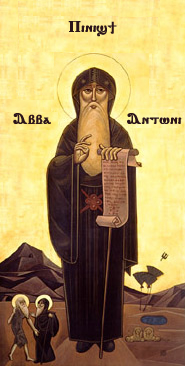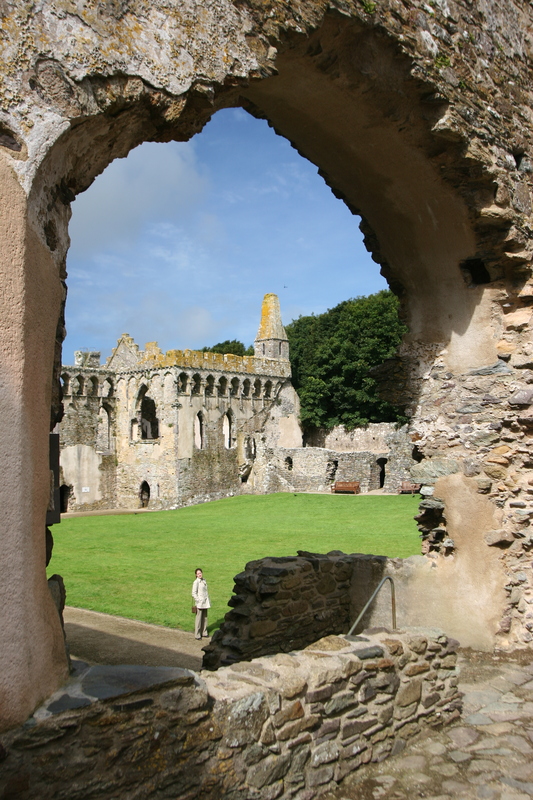|
Feast Day Of Saint David
Saint David's Day ( or ), or the Feast of Saint David, is the feast day of Saint David, the patron saint of Wales, and falls on 1 March, the date of Saint David's death in 589 AD. Traditional festivities include wearing daffodils and leeks, recognised symbols of Wales and Saint David, respectively, eating traditional Welsh food including cawl, and women wearing traditional Welsh dress. An increasing number of cities and towns across Wales, including Cardiff, Swansea, and Aberystwyth also put on parades throughout the day. The day is not a public holiday in Wales, which has prompted calls for a St David's Day to be a bank holiday in Wales and some organisations designating unofficial celebrations. The feast has been regularly celebrated since the canonisation of David in the 12th century by Pope Callixtus II. History Saint David () was born in Caerfai, southwest Wales into an aristocratic family. He was reportedly a scion of the royal house of Ceredigion, and founded ... [...More Info...] [...Related Items...] OR: [Wikipedia] [Google] [Baidu] |
William Burges
William Burges (; 2 December 1827 – 20 April 1881) was an English architect and designer. Among the greatest of the Victorian era, Victorian art-architects, he sought in his work to escape from both nineteenth-century Industrial Revolution, industrialisation and the Neoclassical architecture, Neoclassical architectural style and re-establish the architectural and social values of a utopian medieval England. Burges stands within the tradition of the Gothic Revival architecture, Gothic Revival, his works echoing those of the Pre-Raphaelite Brotherhood, Pre-Raphaelites and heralding those of the Arts and Crafts movement. Burges's career was short but illustrious; he won his first major commission for Saint Fin Barre's Cathedral in Cork in 1863 when he was 35. He died in 1881 at his Kensington home, The Tower House aged only 53. His architectural output was small but varied. Working with a long-standing team of craftsmen, he built churches, a cathedral, a warehouse, a universit ... [...More Info...] [...Related Items...] OR: [Wikipedia] [Google] [Baidu] |
Aberystwyth
Aberystwyth (; ) is a University town, university and seaside town and a community (Wales), community in Ceredigion, Wales. It is the largest town in Ceredigion and from Aberaeron, the county's other administrative centre. In 2021, the population of the town was 14,640. Located in the Historic counties of Wales, historic county of Cardiganshire, means "the mouth of the River Ystwyth, Ystwyth". It has been a major educational location in Wales since the establishment of University College Wales, now Aberystwyth University, in 1872. The town is situated on Cardigan Bay on the west coast of Wales, near the confluence of the River Ystwyth and Afon Rheidol. Following the reconstruction of the harbour, the Ystwyth skirts the town. The Rheidol passes through the town. The seafront, with a Royal Pier, Aberystwyth, pier, stretches from Constitution Hill, Aberystwyth, Constitution Hill at the north end of the Promenade to the harbour at the south. The beach is divided by the castle. T ... [...More Info...] [...Related Items...] OR: [Wikipedia] [Google] [Baidu] |
Foreign And Commonwealth Office
The Foreign, Commonwealth and Development Office (FCDO) is the ministry of foreign affairs and a Departments of the Government of the United Kingdom, ministerial department of the government of the United Kingdom. The office was created on 2 September 2020 through the merger of the Foreign and Commonwealth Office (FCO) and the Department for International Development (DFID). The FCO was itself created in 1968 by the merger of the Foreign Office (FO) and the Commonwealth Office. The department in its various forms is responsible for representing and promoting British interests worldwide. The head of the FCDO is the Foreign Secretary (United Kingdom), secretary of state for foreign, Commonwealth and development affairs, commonly abbreviated to "foreign secretary". This is regarded as one of the four most prestigious positions in the Cabinet of the United Kingdom, Cabinet – the Great Offices of State – alongside those of Prime Minister of the United Kingdom, Prime Minister, ... [...More Info...] [...Related Items...] OR: [Wikipedia] [Google] [Baidu] |
Feast Day Of Saint David
Saint David's Day ( or ), or the Feast of Saint David, is the feast day of Saint David, the patron saint of Wales, and falls on 1 March, the date of Saint David's death in 589 AD. Traditional festivities include wearing daffodils and leeks, recognised symbols of Wales and Saint David, respectively, eating traditional Welsh food including cawl, and women wearing traditional Welsh dress. An increasing number of cities and towns across Wales, including Cardiff, Swansea, and Aberystwyth also put on parades throughout the day. The day is not a public holiday in Wales, which has prompted calls for a St David's Day to be a bank holiday in Wales and some organisations designating unofficial celebrations. The feast has been regularly celebrated since the canonisation of David in the 12th century by Pope Callixtus II. History Saint David () was born in Caerfai, southwest Wales into an aristocratic family. He was reportedly a scion of the royal house of Ceredigion, and founded ... [...More Info...] [...Related Items...] OR: [Wikipedia] [Google] [Baidu] |
Yoke
A yoke is a wooden beam used between a pair of oxen or other animals to enable them to pull together on a load when working in pairs, as oxen usually do; some yokes are fitted to individual animals. There are several types of yoke, used in different cultures, and for different types of oxen. A pair of oxen may be called a ''yoke of oxen'', and yoke is also a verb, as in "to ''yoke'' a pair of oxen". Other animals that may be yoked include horses, mules, donkeys, and water buffalo. Etymology The word "yoke" is believed to derive from Proto-Indo-European *yugóm (yoke), from root *''yewg''- (join, unite), and is thus cognate with '' yoga''. This root has descendants in almost all known Indo-European languages including German ''Joch'', Latin ''iugum'', Ancient Greek ζυγόν (''zygon''), Persian یوغ (''yuğ''), Sanskrit युग (''yugá''), Hittite 𒄿𒌑𒃷 (iúkan), Old Church Slavonic иго (''igo''), Lithuanian ''jungas'', Old Irish ''cuing'', and Armenian ... [...More Info...] [...Related Items...] OR: [Wikipedia] [Google] [Baidu] |
Shrine
A shrine ( "case or chest for books or papers"; Old French: ''escrin'' "box or case") is a sacred space">-4; we might wonder whether there's a point at which it's appropriate to talk of the beginnings of French, that is, when it wa ...: ''escrin'' "box or case") is a sacred space dedicated to a specific deity, ancestor worship, ancestor, hero, martyr, saint, Daemon (mythology), daemon, or similar figure of respect, wherein they are venerated or worshipped. Shrines often contain Cult image, idols, relics, or other such objects associated with the figure being venerated. A shrine at which votive offerings are made is called an altar. Shrines are found in many of the world's religions, including Christianity, Islam, Hinduism, Buddhism, Chinese folk religion, Shinto, indigenous Philippine folk religions, and Germanic paganism as well as in secular and non-religious settings such as a war memorial. Shrines can be found in various settings, such as churches, temples, cemeteries, or ... [...More Info...] [...Related Items...] OR: [Wikipedia] [Google] [Baidu] |
Celtic Christianity
Celtic Christianity is a form of Christianity that was common, or held to be common, across the Celtic languages, Celtic-speaking world during the Early Middle Ages. The term Celtic Church is deprecated by many historians as it implies a unified and identifiable entity entirely separate from that of mainstream Western Christendom. For this reason, many prefer the term Insular Christianity. As Patrick Wormald explained, "One of the common misconceptions is that there was a ''Roman'' Church to which the ''Celtic'' Church was nationally opposed." Some writers have described a distinct "Celtic Church" uniting the Celts (modern), Celtic peoples and distinguishing them from adherents of the Latin Church, Roman Church, while others classify Celtic Christianity as a set of distinctive practices occurring in those areas. Varying scholars reject the former notion, but note that there were certain traditions and practices present in both the Irish and British churches that were not seen ... [...More Info...] [...Related Items...] OR: [Wikipedia] [Google] [Baidu] |
Asceticism
Asceticism is a lifestyle characterized by abstinence from worldly pleasures through self-discipline, self-imposed poverty, and simple living, often for the purpose of pursuing Spirituality, spiritual goals. Ascetics may withdraw from the world for their practices or continue to be part of their society, but typically adopt a Frugality, frugal lifestyle, characterised by the renunciation of Economic materialism, material possessions and physical pleasures, and also spend time fasting while concentrating on the practice of religion, prayer, or meditation. Some individuals have also attempted an ascetic lifestyle to free themselves from addictions to things such as Alcoholic beverage, alcohol, tobacco, Drug, drugs, entertainment, Sexual intercourse, sex, food, etc. Asceticism has been historically observed in many religious and philosophical traditions, most notably among Ancient Greek philosophy, Ancient Greek philosophical schools (Epicureanism, Gymnosophists, Gymnosophism, Stoic ... [...More Info...] [...Related Items...] OR: [Wikipedia] [Google] [Baidu] |
St Davids Cathedral
St Davids Cathedral () is a Church in Wales cathedral situated in St Davids, Britain's smallest city, in the county of Pembrokeshire, near the most westerly point of Wales. Early history Monastery of Saint David, Wales, A monastic community was founded by Saint David, Abbot of Menevia, who died in 589. Between 645 and 1097, the community was attacked many times by raiders, including the Vikings; however it was of such note as both a religious and an intellectual centre that King Alfred summoned help from the monastic community at St Davids in rebuilding the intellectual life of the Kingdom of Wessex. Many of the bishops were murdered by raiders and marauders, including Bishop Moregenau in 999 and Bishop Abraham in 1080. The stone that marked his grave, known as the "Abraham Stone", is intricately carved with early Celtic art, Celtic symbols and is now on permanent display within the Cathedral Exhibition at Porth-y-Tŵr. In 1081, William the Conqueror William I's Welsh campaign o ... [...More Info...] [...Related Items...] OR: [Wikipedia] [Google] [Baidu] |
Kinship
In anthropology, kinship is the web of social relationships that form an important part of the lives of all humans in all societies, although its exact meanings even within this discipline are often debated. Anthropologist Robin Fox says that the study of kinship is the study of what Human, humans do with these basic facts of lifemating, gestation, Parenting, parenthood, socialization, siblingship etc. Human society is unique, he argues, in that we are "working with the same raw material as exists in the animal world, but [we] can conceptualize and categorize it to serve social ends." These social ends include the socialization of children and the formation of basic economic, political and religious groups. Kinship can refer both to the patterns of social relationships themselves, or it can refer to the study of the patterns of social relationships in one or more human cultures (i.e. kinship studies). Over its history, anthropology has developed a number of related concepts an ... [...More Info...] [...Related Items...] OR: [Wikipedia] [Google] [Baidu] |
Caerfai Bay
Caerfai Bay is a rocky cove on the north coast of St Brides Bay near St Davids in Pembrokeshire, West Wales. It is enclosed by steep varicoloured cliffs and has a sandy beach at low tide accessed by pathway and steps. The beach is situated in the Pembrokeshire Coast National Park and on the Pembrokeshire Coast Path. There is free parking above the beach with picnic table, picnic benches and views of the islands of Skomer and Skokholm off the southern coast of St Brides and Penpleidiau islet off the southern point of the eastern Caerfai headland. Location Caerfai beach is only from centre of the cathedral city of St Davids. Along the coast to the west is the Chapel of St Non (), a ruin said to be the 6th-century birthplace of the patron saint of Wales, St David, and named after his Mother. Approximately 150 metres east of the ruin and adjacent to the Chapel of St Non, Retreat is the modern Chapel of St Non, Chapel of Our Lady and St Non (), the most westerly fully functioning ... [...More Info...] [...Related Items...] OR: [Wikipedia] [Google] [Baidu] |
Pope Callixtus II
Pope Callixtus II or Callistus II ( – 13 December 1124), born Guy of Burgundy, was the head of the Catholic Church and ruler of the Papal States from February 1119 to his death in 1124. His pontificate was shaped by the Investiture Controversy, which he was able to settle through the Concordat of Worms in 1122. As son of Count William I of Burgundy, Guy was a member of and connected to the highest nobility in Europe. He became archbishop of Vienne and served as papal legate to France. He attended the Lateran Synod of 1112. He was elected pope at Cluny in 1119. The following year, prompted by attacks on Jews, he issued the bull '' Sicut Judaeis'' which forbade Christians, on pain of excommunication, from forcing Jews to convert, from harming them, from taking their property, from disturbing the celebration of their festivals, and from interfering with their cemeteries. In March 1123, Calixtus II convened the First Lateran Council which passed several disciplinary decrees, s ... [...More Info...] [...Related Items...] OR: [Wikipedia] [Google] [Baidu] |






